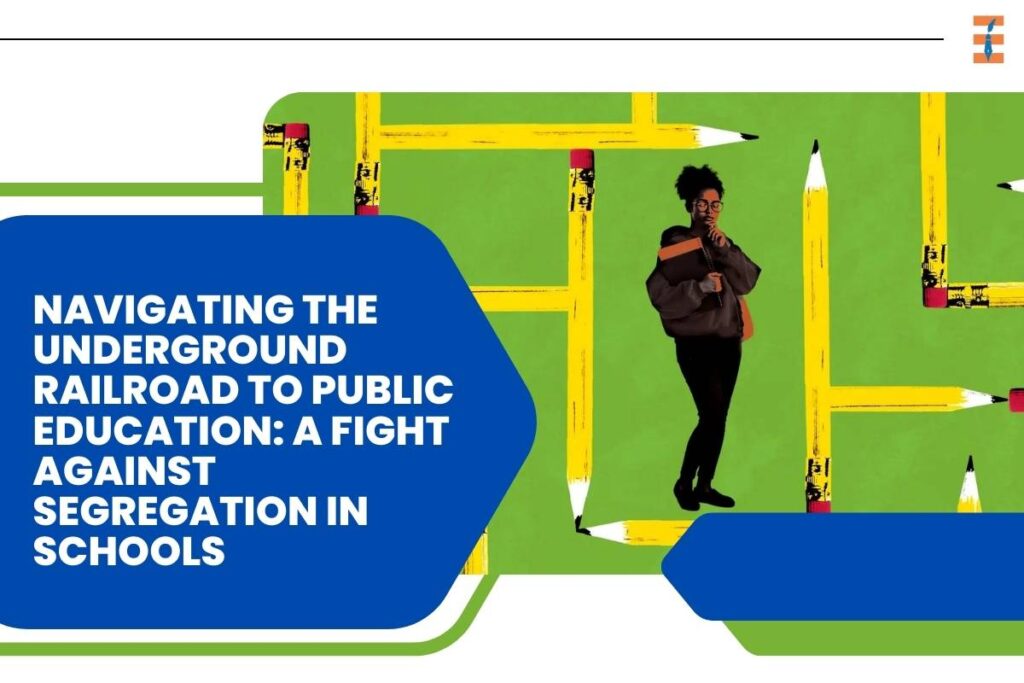Source-Axios
Parents across the United States are engaging in a clandestine movement, dubbed the “Underground Railroad to Public Education,” to liberate their children from the confines of segregated and subpar schools. Faced with rigid school boundaries that perpetuate racial and economic segregation, these parents are determined to secure better educational opportunities for their children, often at great personal risk.
As the nation commemorates the 70th anniversary of the historic Brown v. Board of Education ruling, reports from advocacy groups like Available to All and Yes. every kid. shed light on the detrimental impact of strict school boundaries on perpetuating segregation. These reports underscore the urgent need to abolish such boundaries and enact laws that protect families seeking enrollment in schools that offer quality education.
The Underground Railroad to Public Education operates through a network of information sharing, carpools, and meticulous research of laws. Parent activist Kelley Williams-Bolar, whose own experience with legal repercussions for enrolling her children in a better school ignited national attention, describes it as a movement driven by the simple desire for the best for their children, free from the threat of criminalization.
Challenges and Racial Biases in School Boundaries: A Closer Look
In states like New Mexico, where Navajo parents navigate complex logistics to access better schools, Superintendent Karen Sanchez-Griego emphasizes that the goal is to secure what’s best for their children. However, challenges persist as districts resort to extreme measures, such as hiring private detectives to monitor parental compliance with school boundaries.
While districts argue for the necessity of boundaries to maintain order and allocate resources, advocates like Tim DeRoche and Halli Faulkner highlight the deeply entrenched racial biases underlying these divisions. They argue that boundaries often reflect historical redlining practices, perpetuating systemic inequalities in access to education.
African-american Student Chosen to Play ‘slave’ in Underground Railroad to Public Education Lesson at School
Challenging Boundaries: The Continuing Struggle for Educational Equality
Looking ahead, legislative efforts in states like South Carolina and North Carolina signal potential shifts towards open enrollment policies that prioritize educational equity. Yet, legal battles, such as the lawsuit filed by the NAACP and the Latino Action Network against New Jersey’s residential assignment of public schools, underscore the ongoing struggle for educational justice.
In the fight against segregation in education, the Underground Railroad to Public Education serves as a poignant reminder of the enduring resilience and determination of parents to break free from the shackles of inequality and secure a brighter future for their children.
Also Read: Philadelphia’s Education Leaders Address Crucial Issues in Inaugural State of Public Education

